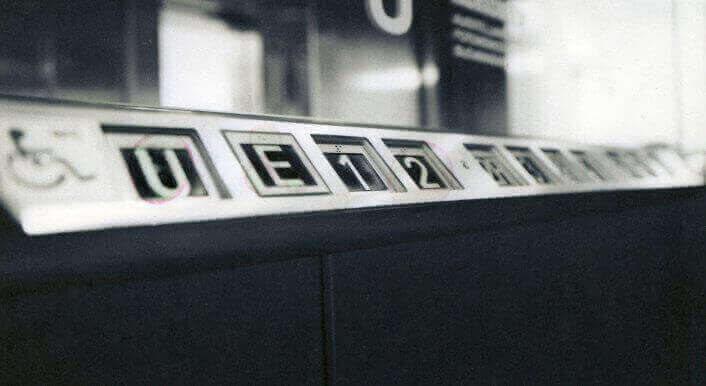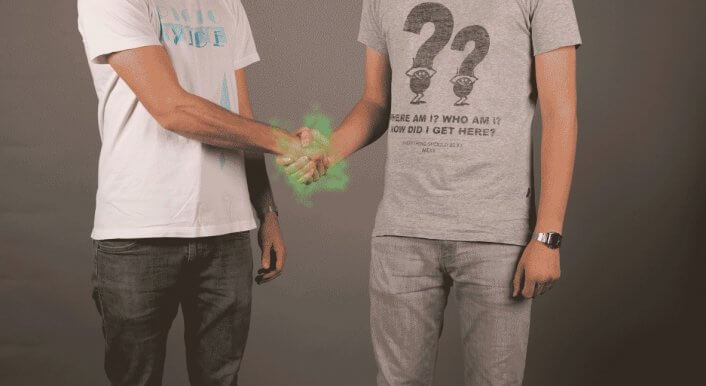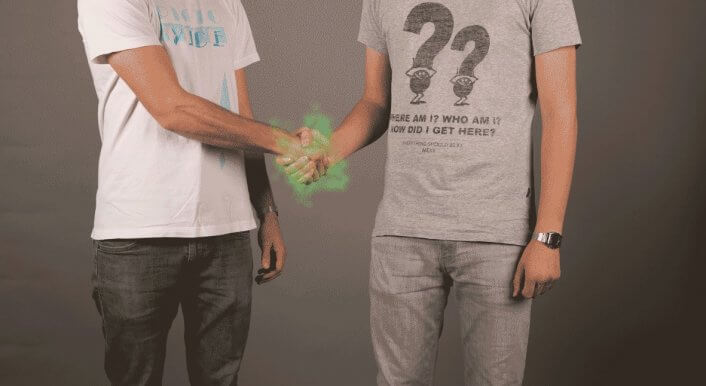Antibiotics in the water
British environmentalists are alarmed. Close to Indian pharmaceutical plants they have found high numbers of resistant bacteria. They blame remnants of antibiotics in the water. We have asked experts to evaluate the finding.

The British NGO Changing Markets has tested water samples close to Indian pharmaceutical plants for resistant bacteria. It focused on one kind of bacterium. Out of 34 water samples, 16 contained resistant E. coli bacteria.
Resistant bacteria are immune against antibiotics, meaning that it is harder to cure people that get infected by them. Resistances are a problem especially in poorer countries, because medical standards are lower. According to a study, around 60.000 newborns die in India each year because of resistant bacteria.
India is a leader when it comes to the production of cheap generic drugs – for example antibiotics with expired patents. These medications can also be found in Europe’s pharmacies. In part, they are being produced under negligent environmental standards. Production waste containing antibiotics is sometimes simply being dumped into rivers. There they can help breed resistant bacteria, as the new test hints as well.
We asked Joakim Larsson, how he evaluates the study. Larsson from the University Göteborg is a pioneer of this kind of research. For over ten years he has been testing Indian sewage and water for resistant bacteria. Larsson therefore welcomes the new test – and criticizes it.
81 resistances in one lake
The main problem, he says: There is no proof that residues from the pharmaceutical plants have caused the resistances in the bacteria. The resistant bacteria could also have come from humans treated with antibiotics. E coli is normally found in the intestine of every human being; if it is found in the environment, is this usually a sign of contamination with human waste. It should at least have been tested, whether the water containing the resistant bacteria also contained high levels of antibiotics, Larsson says. The NGO failed to do that.
In other words: The new test doesn’t provide a hard proof and is below the standard of evidence of previous studies. Larsson and his team have repeatedly shown the presence of resistant bacteria in the Indian environment. In a study from 2014, for example, they found 81 resistances against all known classes of antibiotics in a single polluted lake. The lake is close to the city Hyderabad in central India, it is used as dump for the effluents from plants producing antibiotics. Compared to a clean lake in Sweden, resistances were 7000 times more common
But Larsson also welcomes that NGO has produces so much media coverage with this not strictly scientific experiment. Because the problem truly is urgent.
Concentrations like in blood
The German scientist Thomas Berendonk agrees. He studies at the University of Technology Dresden, what antibiotic remnants left in water can cause. „This finding is really concerning“, he says.
Klaus Kümmerer, professor for sustainable chemistry at the University of Lüneburg, criticizes that the pharmaceutical industry has not fulfilled its responsibilities, for example through stricter environmental standards. Larssons´ team has for example at one time found concentrations of antibiotics in the environment that are comparable to the ones typically found in the blood of a patient undergoing therapy. But in the West, hardly anyone cared, because it concerned „only“ India, Kümmerer says. „It is time that the problem finally receives the attention it deserves“, he says.
The organization Changing Markets that has done the experiment sees the responsibility in part with Western consumers. They should demand high environmental standards for the drugs they buy. Politicians and institutions should also pass such regulations.



